Bunion Removal Surgery (Hallux Valgus)
A protruding bone at the base of the big toe is not a common aesthetic defect or foot deformation from wearing uncomfortable shoes. This is an orthopedic pathology that requires attention. "Bumps" appear in women about 20 times more often than in men. As a rule, when the bone begins to hurt and cause severe discomfort, the problem can only be corrected with surgery.
In the orthopedics and traumatology department of the K+31 clinic (Moscow), surgical intervention is performed using modern minimally invasive technologies. After surgery, there are practically no relapses, and rehabilitation does not take much time.

specialists

equipment

treatment
Indications for removal of a bone on the foot
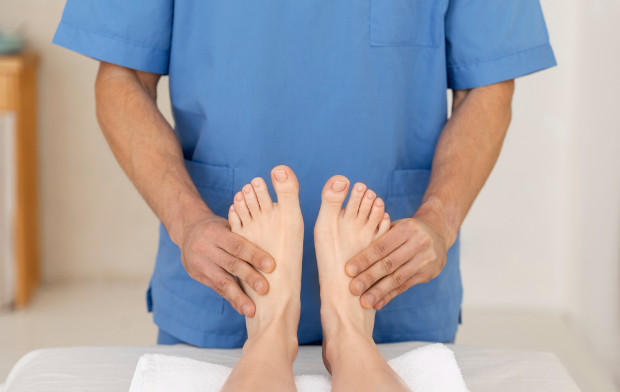
At the initial stage, the degree of deformation is minimal. The patient usually complains of moderate pain in the big toe with prolonged loads and notices that the usual shoes have become tight. At a young age, the pathology can be corrected using conservative methods - physiotherapy, wearing orthopedic shoes and special fixing orthoses to restore the position of the toe.
If the X-ray shows a significant deviation of the metatarsal bone, the valgus angle is more than 30 degrees, and between the first and second toes the angle of inclination is more than 13 degrees of inclination, the doctor most often prescribes surgery.

Symptoms that indicate the need to remove the bone:
- Severe pain in the growth or feet when walking, standing for a long time
- Arthrosis of the metatarsal joint
- Violation of the position of the foot, making it difficult to move normally
- Inflammatory processes in the joint (bursitis, arthritis), which do not respond to drug therapy
If hallux valgus is not treated, the pain and changes will intensify over time. As a result, posture and gait are disturbed, mobility of the knee and hip joints decreases, calluses and corns form on the feet, and the choice of shoes becomes problematic. Removal is recommended at stages 2 and 3 of the pathology. Surgical intervention helps to stop degenerative changes and restore the functions of the limbs of the musculoskeletal system.
Contraindications to surgery
Surgical intervention is not performed in the following cases:
- Severe diseases in the decompensation stage (diabetes, heart, kidney or liver failure)
- Blood clotting disorders
- Severe osteoporosis
- Oncology
- Pregnancy and lactation
- Purulent-inflammatory processes in the area of the proposed operation
Also, restrictions include the period of exacerbation of infectious diseases, skin or ligament injuries in the foot. Surgery is prescribed only after treatment.
Hallux Valgus Operation (Bone Removal)
With the help of minimally invasive technologies, it is possible to perform surgery on the bone using any chosen method with minimal trauma.

Surgical intervention is performed using one of the following methods:
-
Scarf. The doctor makes a longitudinal cut of the bone and corrects its new position in the horizontal plane. Then fixation with screws and removal of the hypertrophied (overgrown) section of the bone is performed.
-
Chevron osteotomy. Cross-cutting of the bone in a V-shape with subsequent reduction of the metatarsophalangeal joint and its fixation. Corrective osteotomy is performed (bone growths are cut off).
-
Akin osteotomy. The doctor makes an incision in the phalanx of the thumb and removes the wedge-shaped process of the bone to correct the angle of inclination. Then the new position is fixed and correction of soft tissues (tendons, ligaments, cartilage) is performed.
General information about the procedure
Frequently asked questions
How to prepare for surgery?
Before the operation, you need to do an X-ray of the foot and standard tests - blood, urine, fluorography and ECG. If necessary, the doctor can prescribe additional tests or studies.
How long does the operation take?
The surgical intervention lasts about 1 hour. After that, the patient stays in the clinic for up to 3 days, depending on his condition.
What is the recovery period after surgery?
You can walk in a special Baruk boot on the second day after the operation. The wound heals within 3 weeks, after which the stitches are removed. Full recovery takes about 6 months.
When can I return to normal activities after surgery?
The gait is restored in 1-2 months, during which time you need to wear special shoes. Sports activities are allowed after 3-6 months, only after the doctor's permission.
Cost of bunion removal surgery
In the K+31 clinic in Moscow, you can have a bone removal surgery at a reasonable price. The cost of the surgery depends on the complexity of the method and the materials used. If necessary, the surgery can be performed on both legs at once. Our experienced surgeons with extensive clinical experience correct the curvature quickly and painlessly.
You can make an appointment with an orthopedist by phone or online. The website also contains reviews and the work schedule of our center's departments. You can learn more about each doctor and download a full price list with current prices.


This award is given to clinics with the highest ratings according to user ratings, a large number of requests from this site, and in the absence of critical violations.

This award is given to clinics with the highest ratings according to user ratings. It means that the place is known, loved, and definitely worth visiting.

The ProDoctors portal collected 500 thousand reviews, compiled a rating of doctors based on them and awarded the best. We are proud that our doctors are among those awarded.
Make an appointment at a convenient time on the nearest date
Price







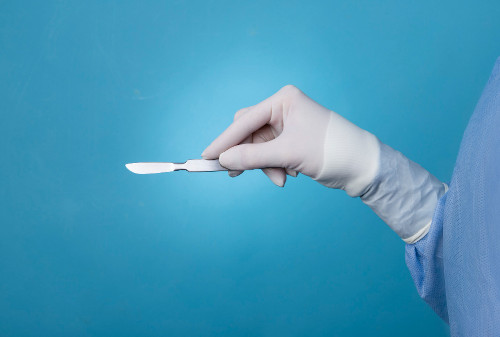
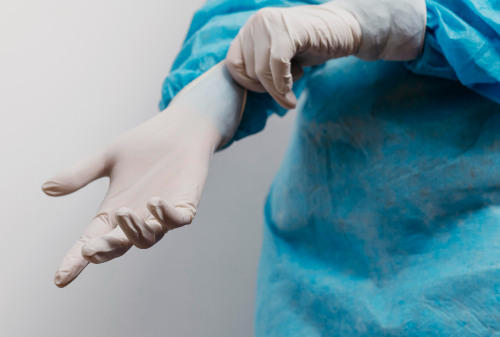

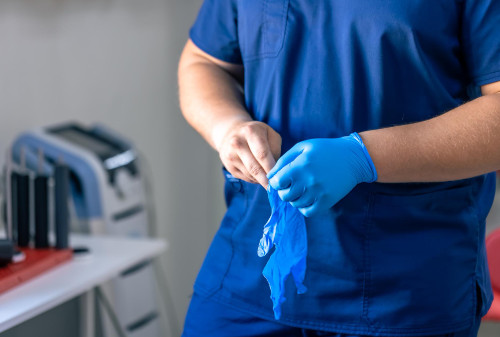
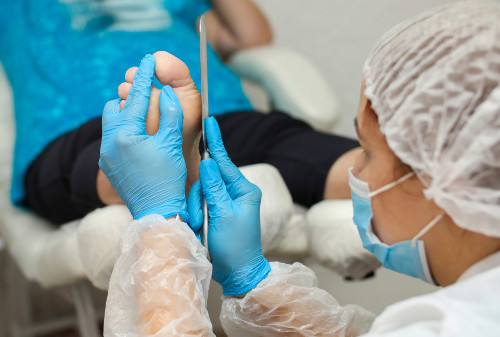

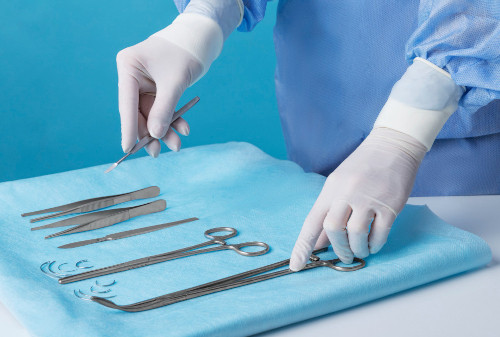




























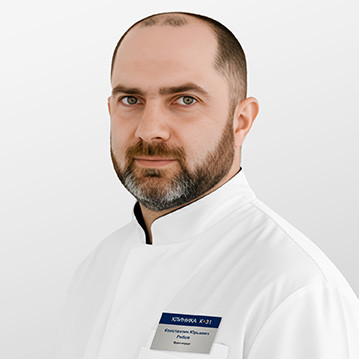

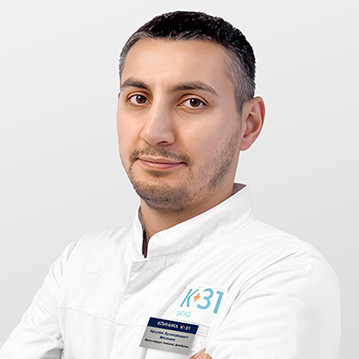
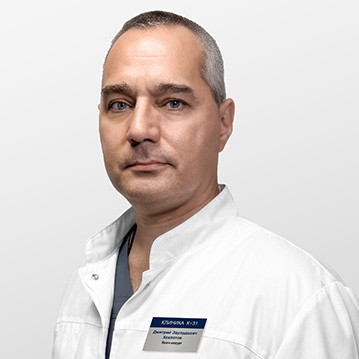
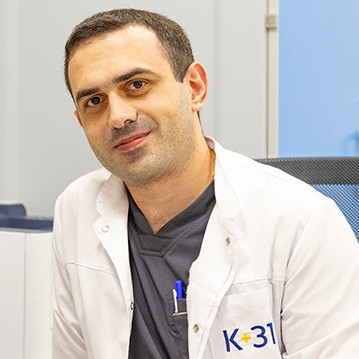





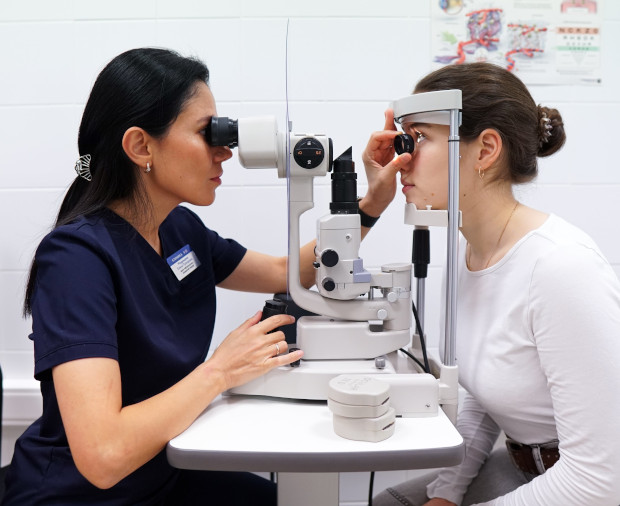






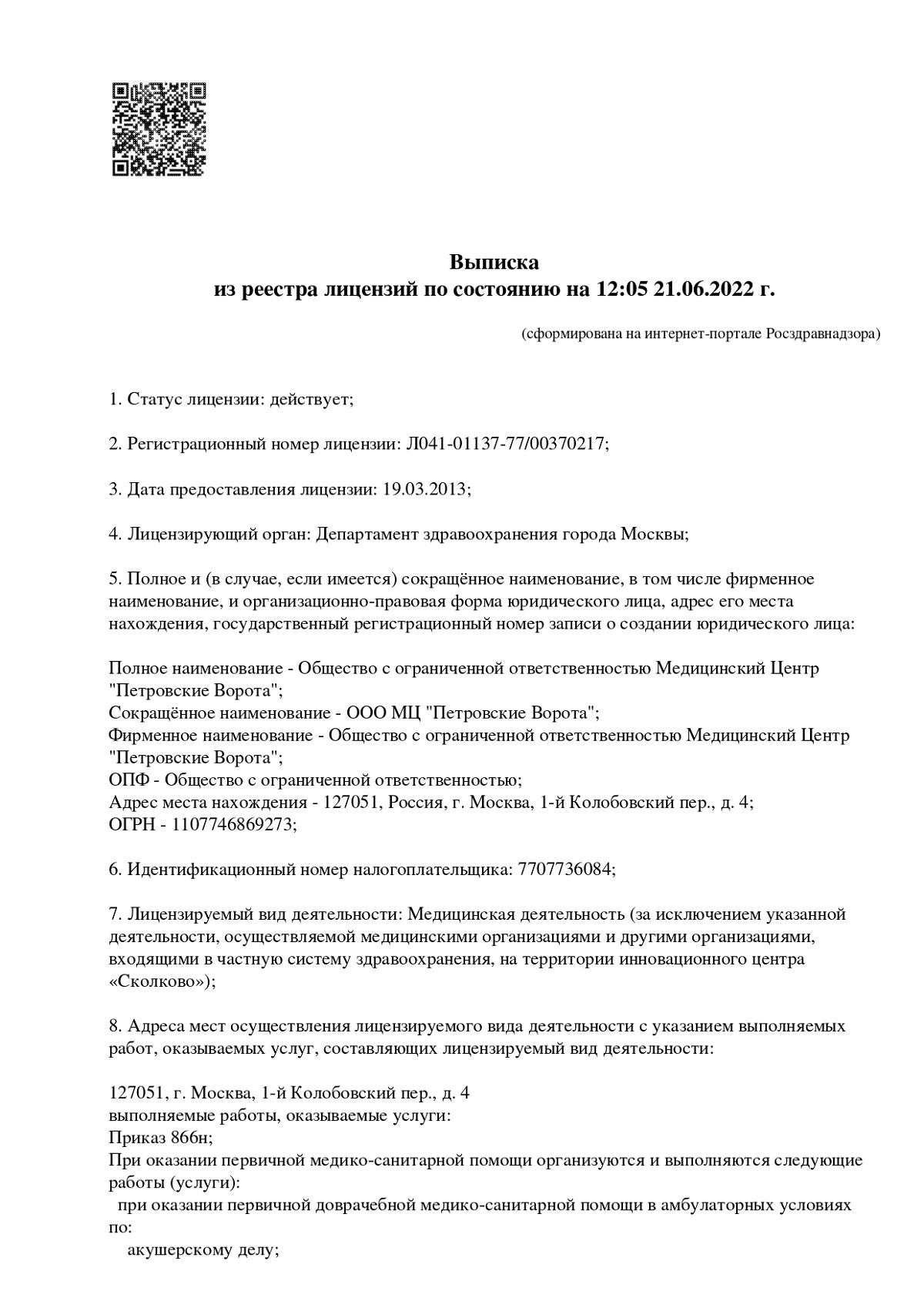


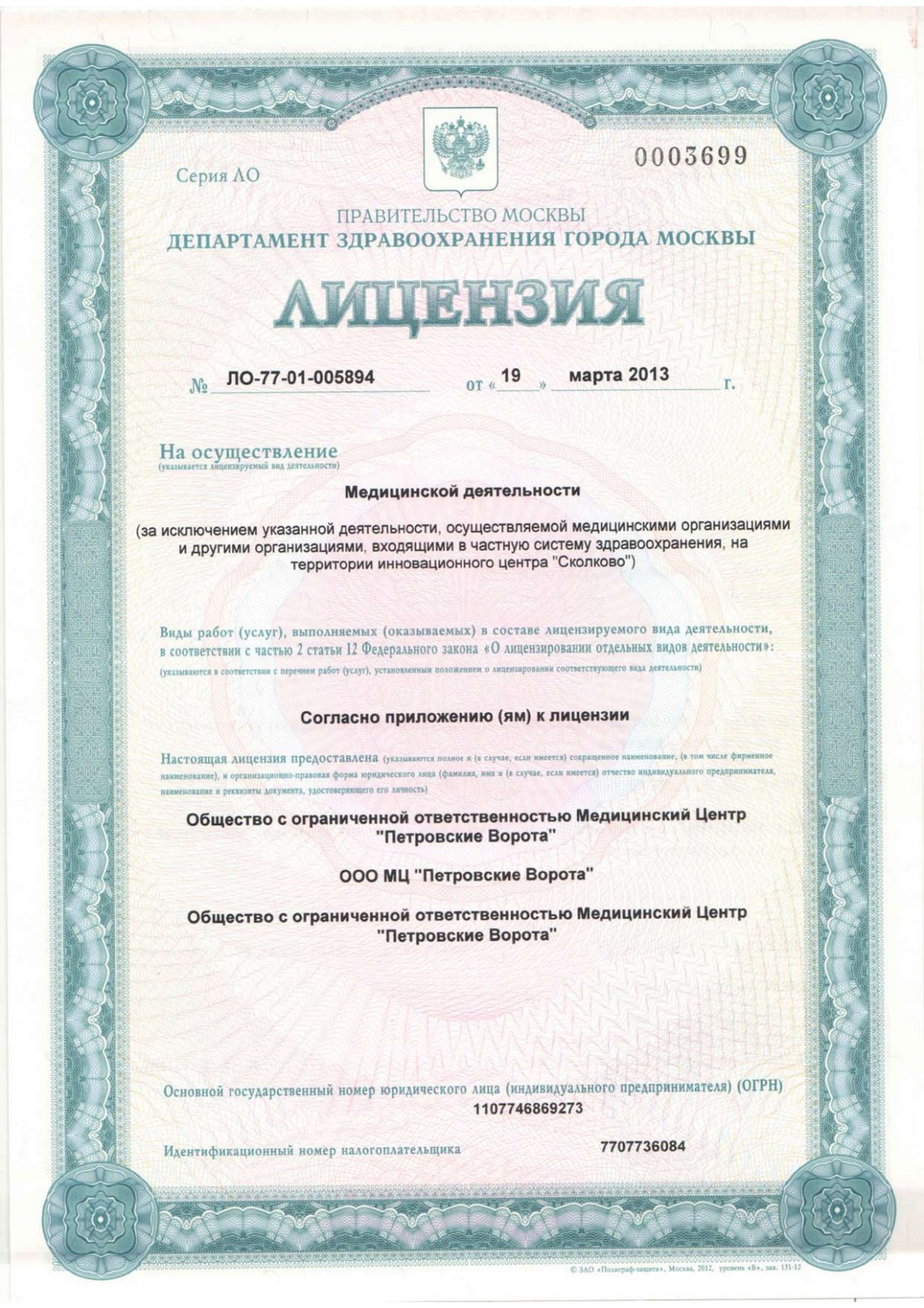
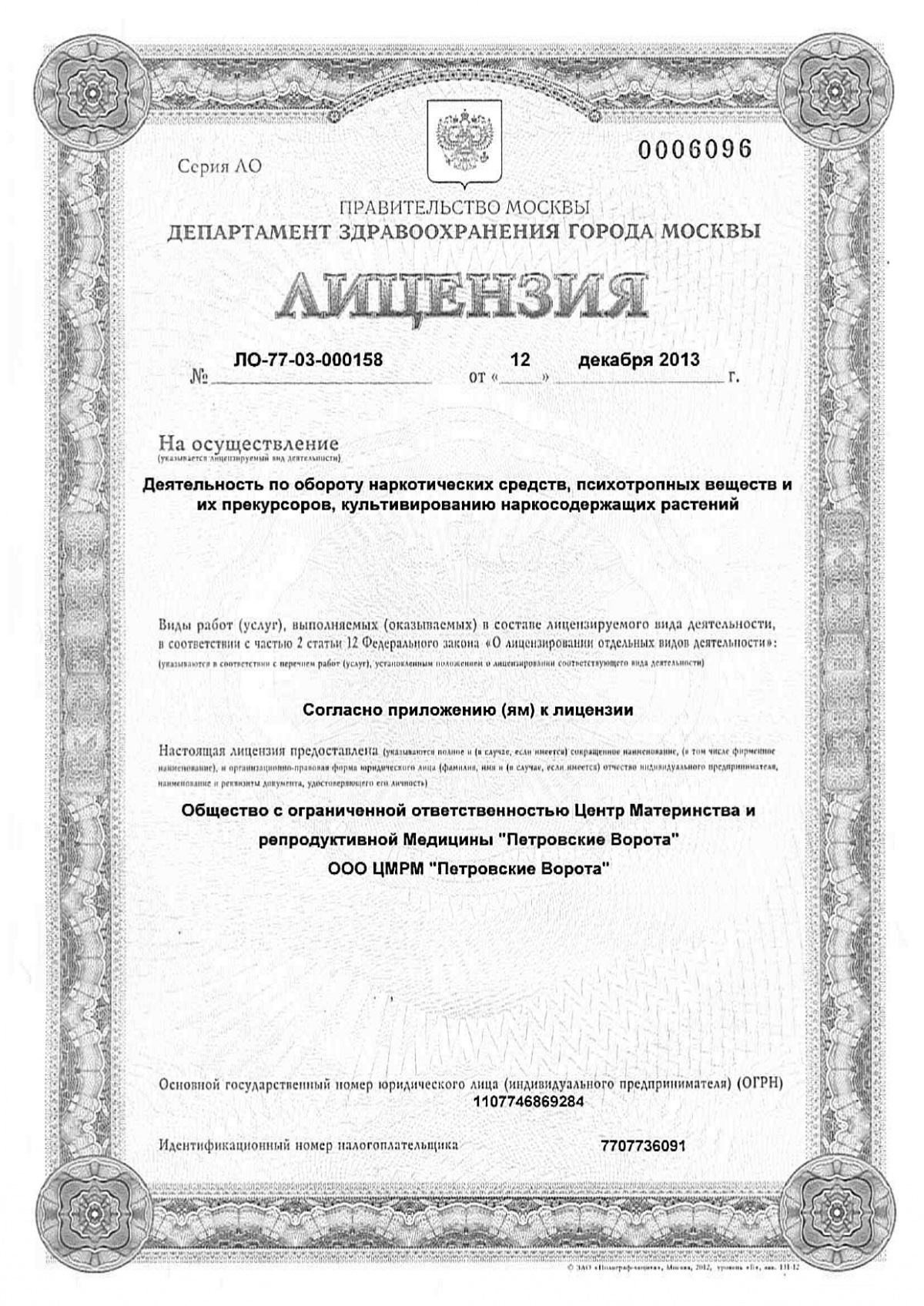
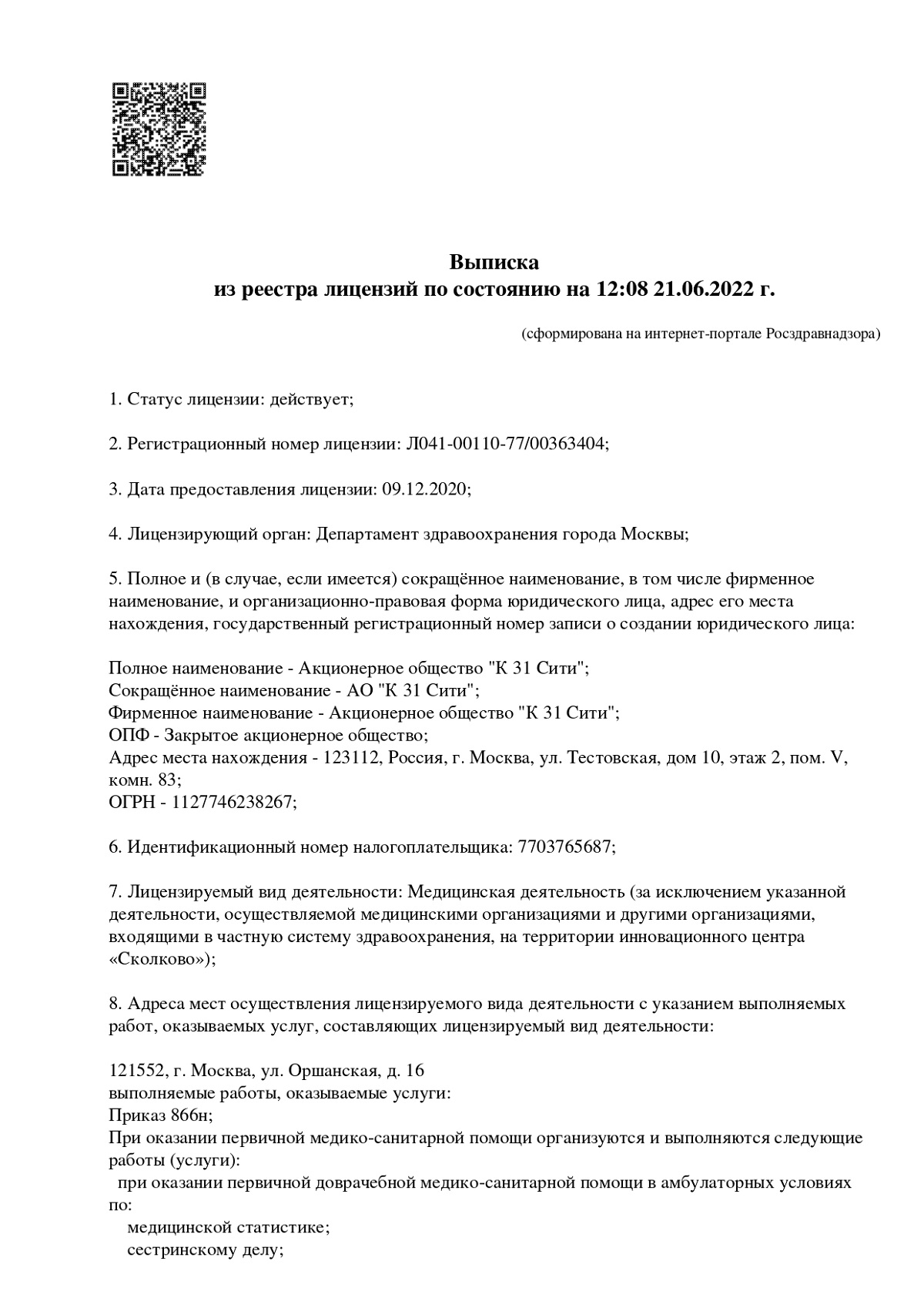
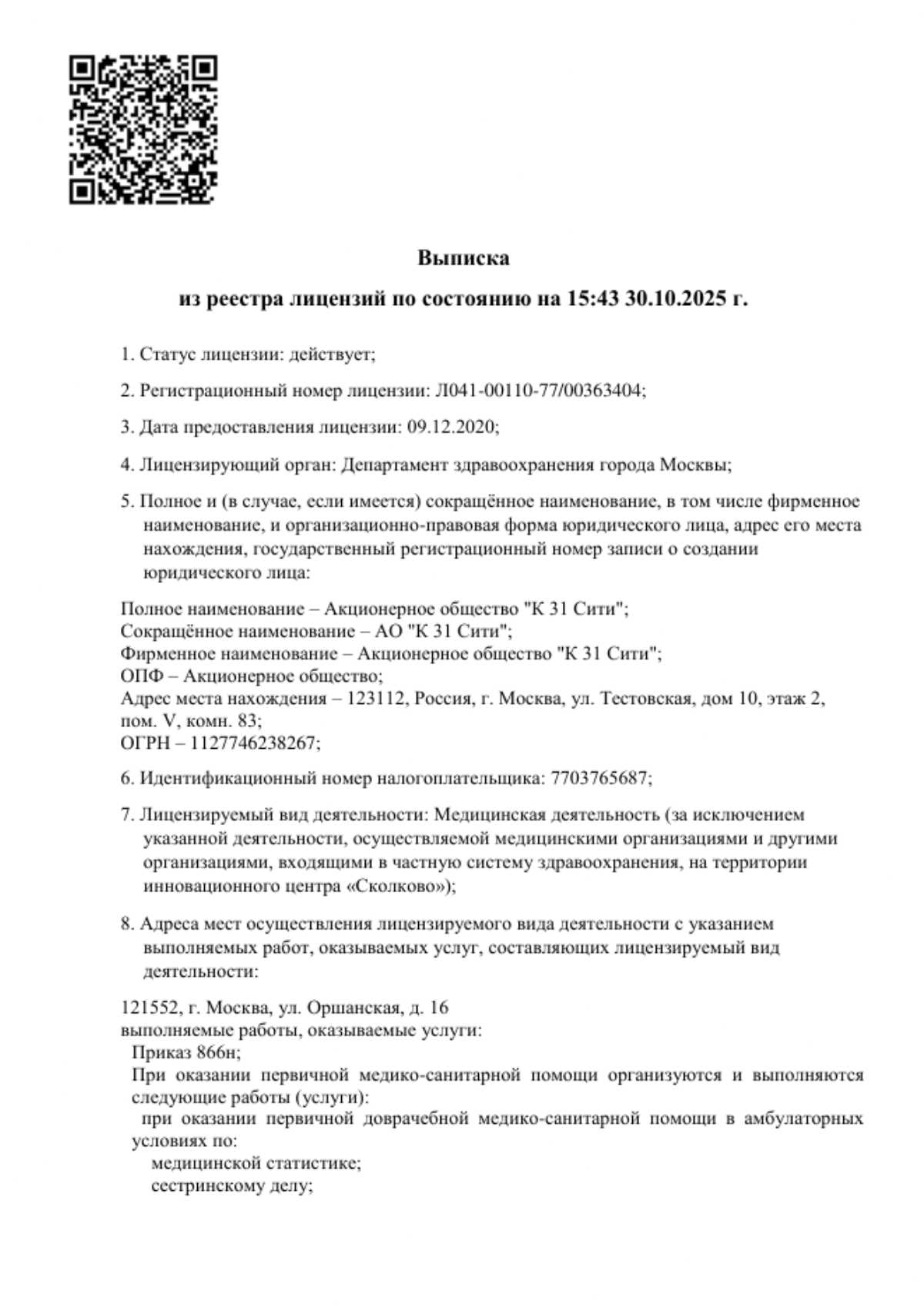



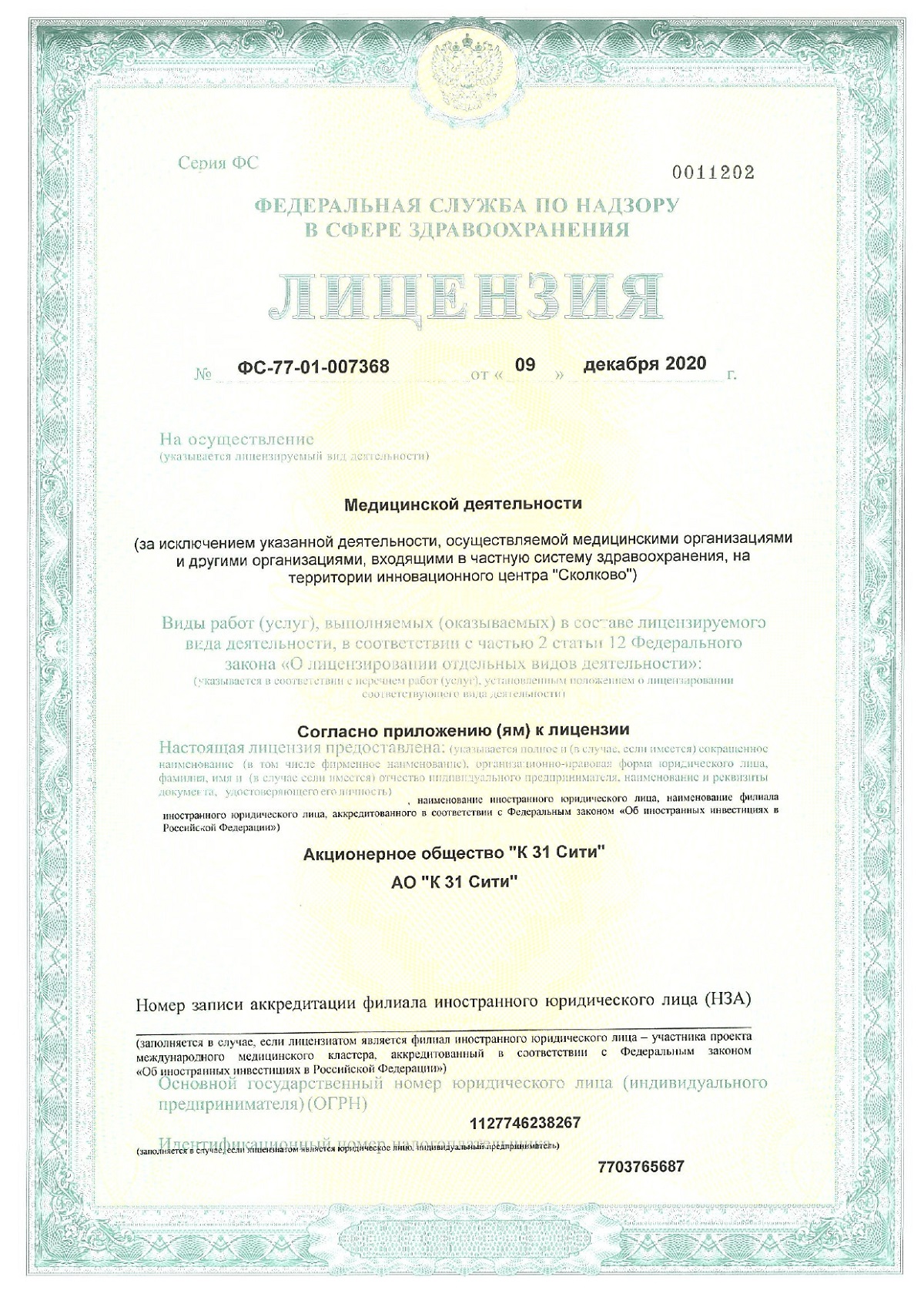



What is Hallux Valgus
From Latin, the name is deciphered as the deviation of the big toe outward along the midline. In fact, this is a deformation of the forefoot, which most often results from advanced flatfoot. In the process of changes, the ligaments are stretched, so the metatarsal bone of the first toe begins to deviate to the side. At the same time, an angle of inclination is formed between the first and second toes, and the remaining toes begin to shift.
With flat-valgus curvature of the forefoot, changes occur in the bone tissue, cartilage and ligaments surrounding the joint. Over time, arthrosis of the metatarsophalangeal joint, inflammation and degenerative changes develop. The deformed metatarsal bone presses on the soft tissues and causes pain when walking or standing for a long time. It becomes difficult for the patient to choose shoes, calluses appear on the feet, the "bump" turns red. For women, this pathology also brings aesthetic discomfort. In summer, you have to hide your feet in closed shoes or bury them in the sand on the beach.
Factors that affect the appearance of hallux valgus:
Many people mistakenly consider hallux valgus to be a simple growth on the joint of the big toe. In fact, the bump appears as a result of the deviation of the metatarsal bone and the growth of the inflamed metatarsophalangeal joint. At the initial stage, the angle of the bone deviation outward (valgus angle) is less than 15 degrees, and at the last severe stage - 40-50 degrees.